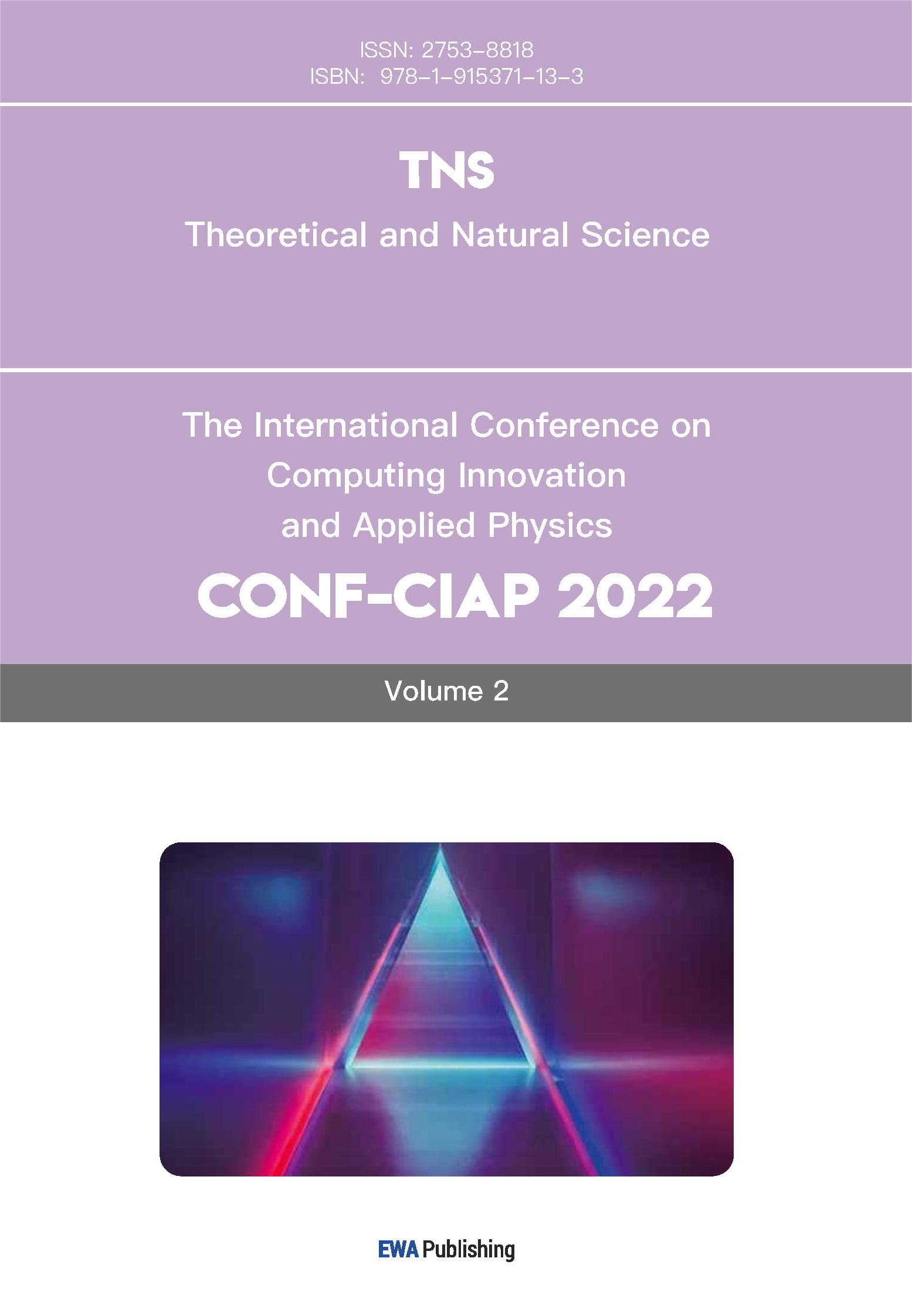References
[1]. Liu B., Gao X., Ma J. et al., Modeling the present and future distribution of arbovirus vectors Aedes aegypti and Aedes albopictus under climate change scenarios in Mainland China, Science of The Total Environment 664 (2019) 203-214.
[2]. Liu H., Huang X., Guo X. et al., Climate change and Aedes albopictus risks in China: current impact and future projection, Infectious Diseases of Poverty 12(1) (2023) 26.
[3]. Adeleke M.A., Babalola A.S., Busari L.O. et al., Modelling species distribution of Anopheles gambiae s.l. in Osun state using random forest modeling approach, Scientific Reports 15(1) (2025) 16524.
[4]. Lippi C.A., Mundis S.J., Sippy R. et al., Trends in mosquito species distribution modeling: insights for vector surveillance and disease control, Parasites & Vectors 16(1) (2023) 302.
[5]. Liu B., Li L., Zhang Z. et al., Modeling the Potential Distribution and Future Dynamics of Important Vector Culex tritaeniorhynchus Under Climate Change Scenarios in China, Insects 16(4) (2025).
[6]. Wang G., Zhang D., Khan J. et al., Predicting the Impact of Climate Change on the Distribution of a Neglected Arboviruses Vector (Armigeres subalbatus) in China, 7(12) (2022) 431.
[7]. Wang Z., Jia X., Wang Y. et al., Spatial variation of population, density, and composition of mosquitoes in mainland China, Scientific Data 12(1) (2025) 20.
[8]. Li R., Xu L., Bjørnstad O.N. et al., Climate-driven variation in mosquito density predicts the spatiotemporal dynamics of dengue, 116(9) (2019) 3624-3629.
[9]. Ferraccioli F., Riccetti N., Fasano A. et al., Effects of climatic and environmental factors on mosquito population inferred from West Nile virus surveillance in Greece, Scientific Reports 13(1) (2023) 18803.
[10]. FAN X., MIAO C., GOU J. et al. Coupled Model Intercomparison Project and its research progress in simulation performance [J]. Progress in Geography, 2023, 42(6): 1204-1215
[11]. Contribution of Working Groups I, II and III to the Sixth Assessment Report of the Intergovernmental Panel on Climate Change [Core Writing Team, H. Lee and J. Romero (eds.)], IPCC, 2023: Climate Change 2023: Synthesis Report, IPCC, Geneva, Switzerland, pp, pp. 35-115.
[12]. Sabbaghi H., Fathianpour N., Hybrid Harris hawks-optimized random forest model for detecting multi-element geochemical anomalies related to mineralization, Scientific Reports 15(1) (2025) 23662.
[13]. Pascolini-Campbell M., Fisher J.B., Cawse-Nicholson K. et al., Assessment of spatial autocorrelation and scalability in fine-scale wildfire random forest prediction models, Scientific Reports 15(1) (2025) 21504.
[14]. Chen H., Chu N., Kang A. et al., Simulation and analysis of evapotranspiration from desert grasslands based on a random forest regression model, Scientific Reports 15(1) (2025) 25760.
[15]. Lee C., Choi E.H., Han Y. et al., Year-round daily wildfire prediction and key factor analysis using machine learning: a case study of Gangwon State, South Korea, Scientific Reports 15(1) (2025) 29910.
[16]. Tan X., Luo S., Li H. et al., A soil temperature dataset based on random forest in the Three River Source Region, Scientific Data 12(1) (2025) 882.
[17]. Barker J.R., MacIsaac H.J., Species distribution models applied to mosquitoes: Use, quality assessment, and recommendations for best practice, Ecological Modelling 472 (2022) 110073.



